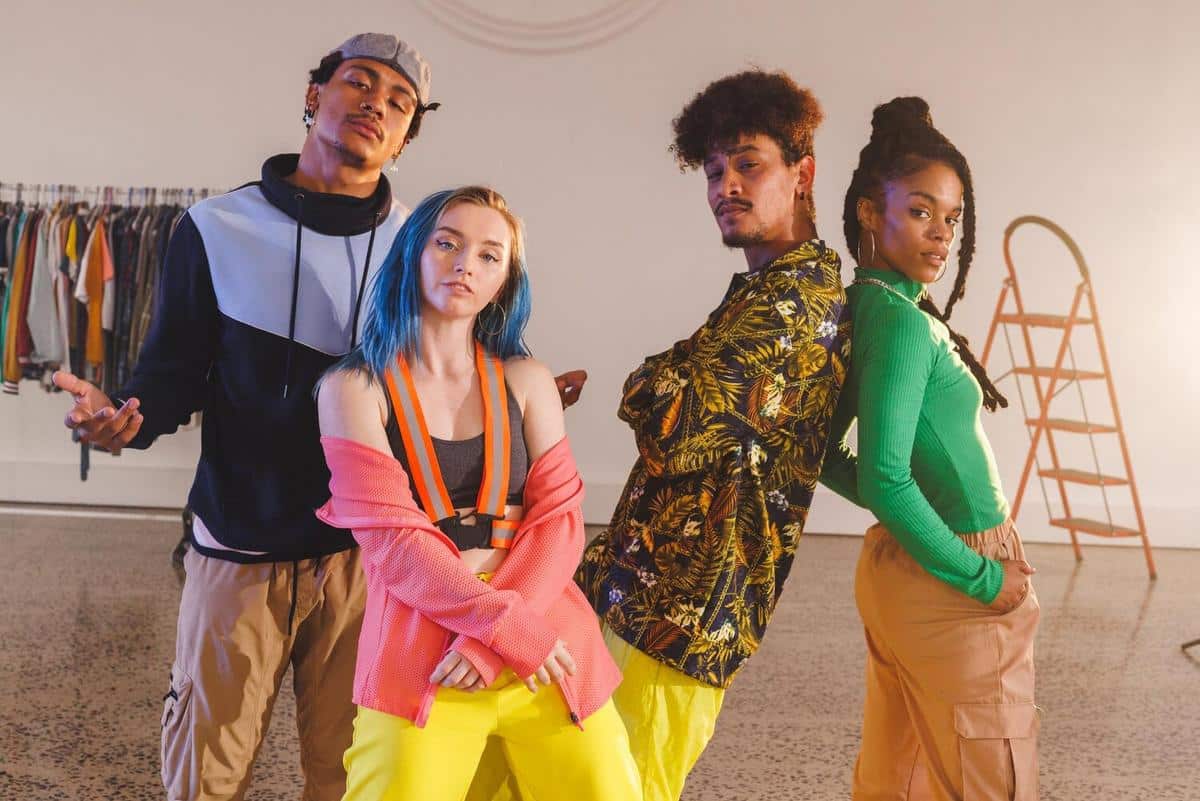
How Virtual Influencers are Shaping the Fashion World
The rise of virtual influencers in the fashion industry is nothing short of a technological marvel, redefining the way brands interact with their audiences and setting new trends in digital marketing.
The Emergence of Virtual Influencers
Virtual influencers, digital creations with their own personalities and styles, have taken the fashion world by storm. These computer-generated personas are crafted using advanced 3D modeling software, allowing brands to push the boundaries of creativity without the constraints of human limitations. According to a report by Business Insider, virtual influencers are predicted to generate over $10 billion in revenue by 2026.
Why Are Brands Embracing Virtual Influencers?
Brands are drawn to virtual influencers for their ability to maintain a consistent image, their potential to reach global audiences, and the unique storytelling opportunities they present. As noted by digital marketing expert Emily Wilson, “Virtual influencers offer brands a fresh and innovative way to engage with audiences, providing a level of control and creativity that human influencers cannot match.”
Statistics and Impact
Research indicates that virtual influencers have three times more engagement than their human counterparts, as highlighted by a study from Statista. This heightened engagement is a testament to the growing interest and acceptance of these digital figures in mainstream culture.
Real-Life Examples
Consider the case of the virtual influencer Shudu, known as the world’s first digital supermodel. Shudu has graced the campaigns of several renowned fashion houses, showcasing the potential of virtual influencers to seamlessly blend into the industry while offering fresh, innovative content.
| Aspect | Virtual Influencers | Human Influencers |
|---|---|---|
| Consistency | High | Variable |
| Creativity | Limitless | Creative, but with human limitations |
| Engagement | High | Moderate |
| Control | Complete | Partial |
| Cost | Variable | High |
| Adaptability | High | Moderate |
| Global Reach | Extensive | Dependent on influencer’s popularity |
| Uniqueness | High | Dependent on personal brand |
Actionable Tips for Brands
For fashion brands considering integrating virtual influencers into their marketing strategy, here are some tips:
- Identify a clear brand message and ensure the virtual influencer aligns with it.
- Engage with audiences through interactive and relatable content.
- Monitor engagement metrics closely to refine strategies.
Frequently Asked Questions
How can virtual influencers benefit small fashion brands?
They offer a cost-effective way to maintain consistent branding and reach a wider audience without the logistical challenges of working with human influencers.
Are virtual influencers replacing human influencers?
Not exactly. They complement human influencers by offering new and innovative ways to engage audiences, but both will likely coexist in the marketing landscape.
What skills are needed to create a virtual influencer?
Knowledge in 3D modeling, digital art, and marketing strategy are crucial to successfully develop and promote virtual influencers.
Conclusion
The fusion of fashion and technology through virtual influencers is reshaping the industry landscape. By offering unique opportunities for creativity and engagement, they are not just a trend, but a glimpse into the future of digital marketing in fashion. As brands continue to explore these digital personas, the potential for innovation and growth appears boundless.

